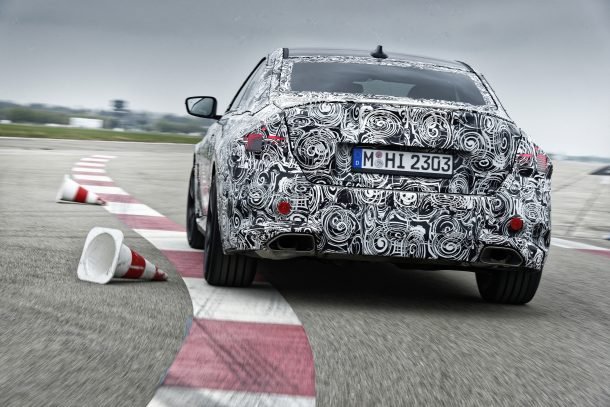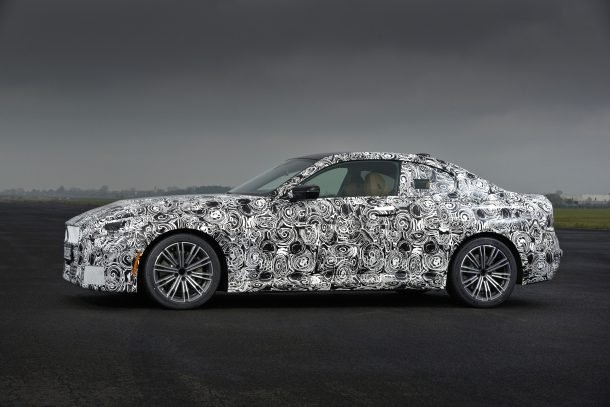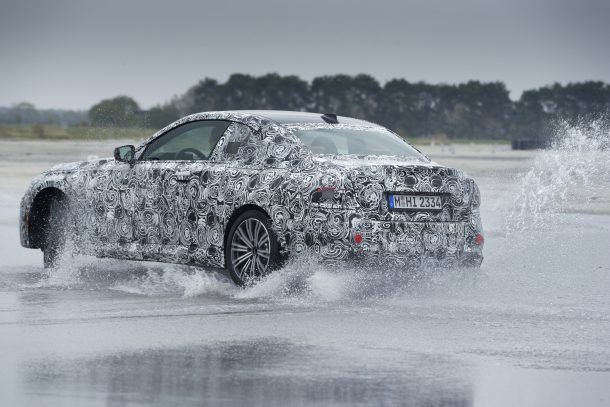If you’re driving in a downpour, the technology you rely on to make you a better driver day in, and day out is likely useless.
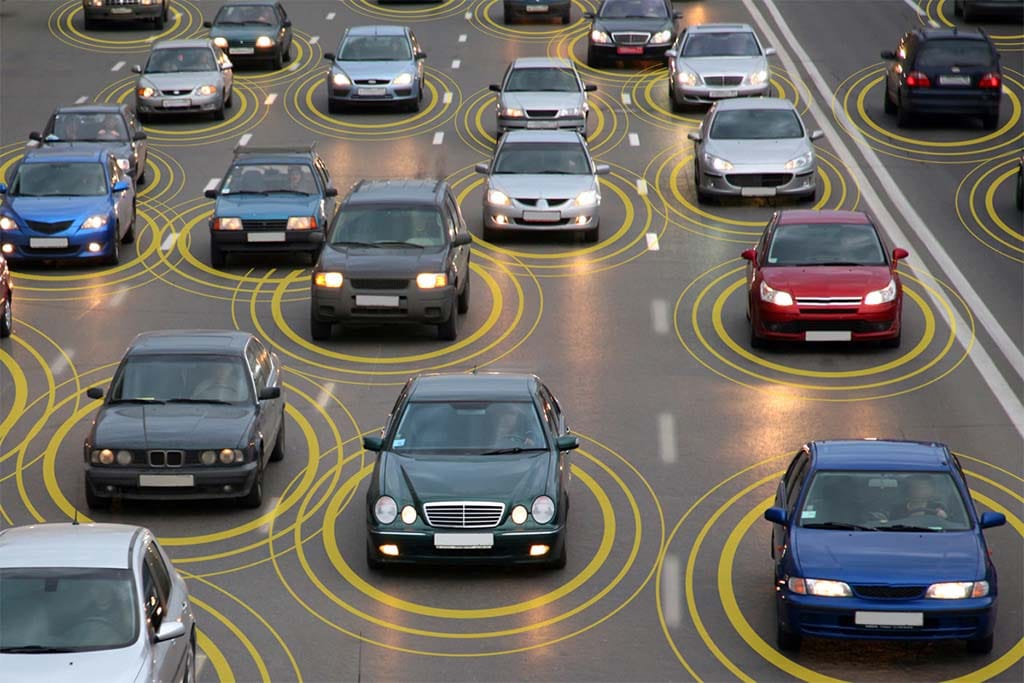
At least according to a new study from AAA, which tested a variety of safety technologies typically lumped together under the Advanced Driver Assistance Systems moniker and found they performed no better than humans in moderate to heavy rain.
The performance issues stem from the assistance systems inability to “see” better than a live person during those weather events — they don’t it turns out. The reason for this is pretty simple and is the same one that’s plagued these technologies from the beginning.
“Vehicle safety systems rely on sensors and cameras to see road markings, other cars, pedestrians and roadway obstacles. So naturally, they are more vulnerable to environmental factors like rain,” said Greg Brannon, AAA’s director of automotive engineering and industry relations.
“The reality is people aren’t always driving around in perfect, sunny weather so we must expand testing and take into consideration things people actually contend with in their day-to-day driving.”
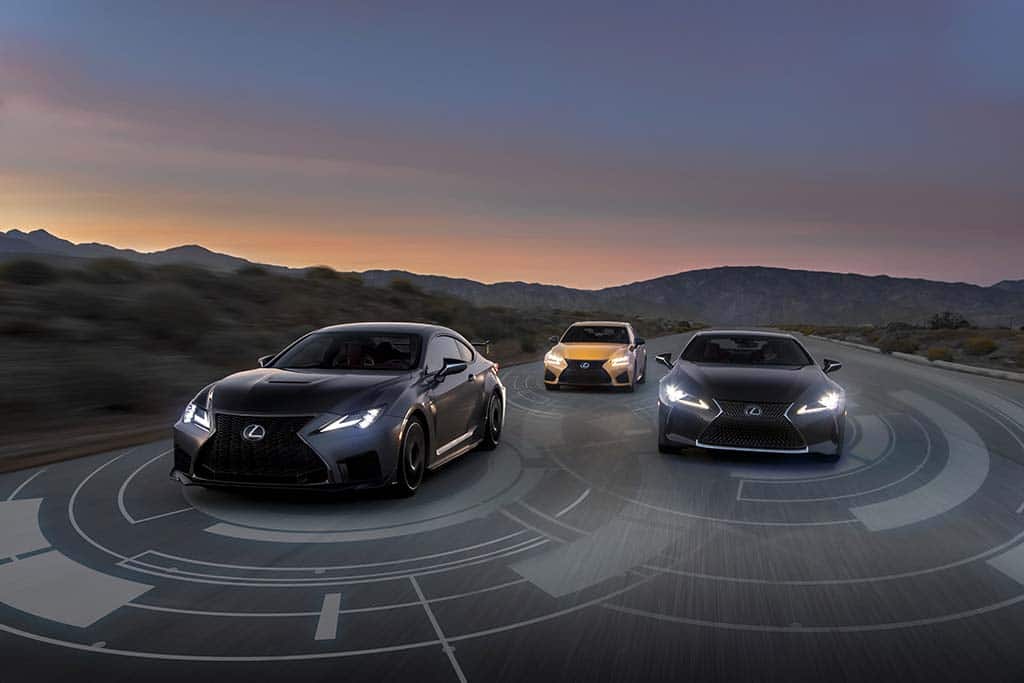
No better than people
During closed course testing with simulated rainfall AAA researchers found test vehicles equipped with automatic emergency braking traveling at 35 mph collided with a stopped vehicle one third (33%) of the time.
Lane keeping assistance didn’t fare any better with test vehicles departing their lane 69% of the time. Vehicle safety systems, also known as advanced driver assistance systems or ADAS, are typically evaluated in ideal operating conditions. However, in order to get real world results, AAA attempts to simulate real world conditions.
Additionally, the study found automatic emergency braking engaged while approaching a stopped vehicle in the lane ahead:
- In aggregate, testing conducted at 25 mph resulted in a collision for 17% of test runs
- In aggregate, testing conducted at 35 mph resulted in a collision for 33% of test runs
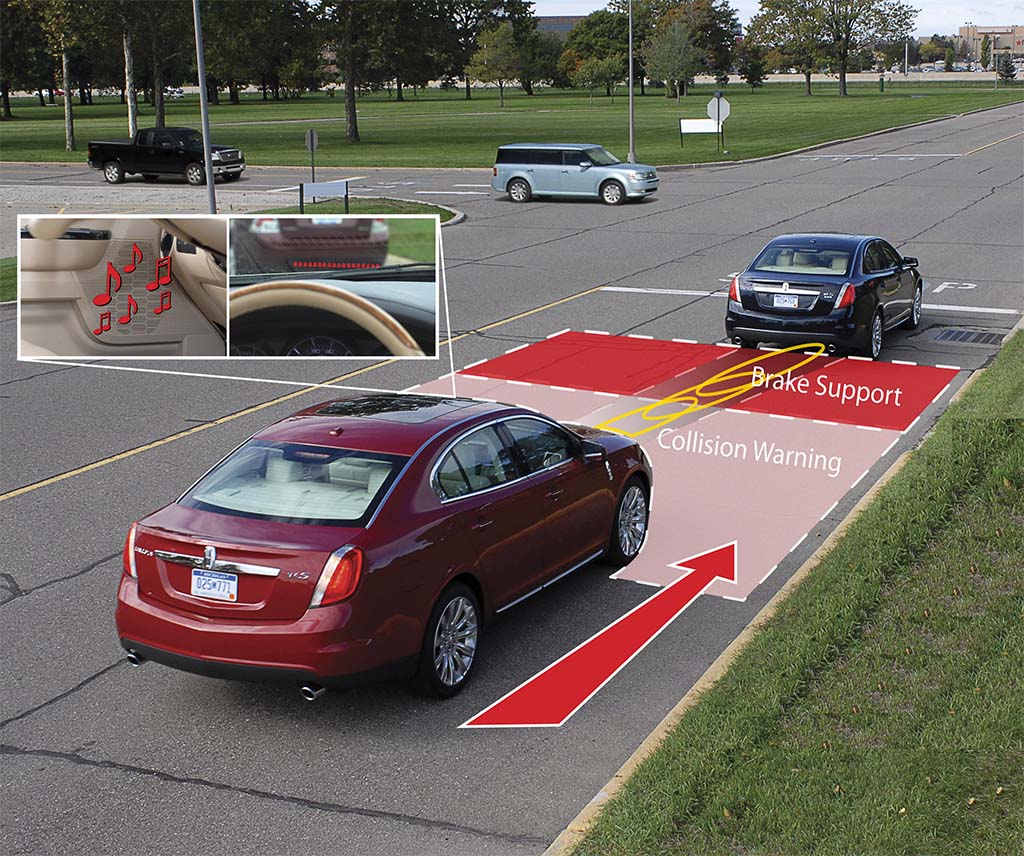
Meanwhile, lane–keeping assistance engaged to maintain the vehicle’s lane position “veered outside of the lane markers 69% of the time,” the results showed.
Other shortcomings and what to do
The safety technology fell short of ideal in other ways too, for example, it struggled to stay in its lane — despite markings — on curved roads as well as streets with busy intersections.
It also struggled to stop for pedestrians involved in everyday activities, such as walking in front of a vehicle, a child running out from between two parked vehicles or when people were walking at night.
Occasionally, it struggled with dealing with a disabled vehicle on the road or “coming too close to other vehicles or guardrails.”
AAA’s research continues to show that vehicle safety system performance varies widely, reinforcing that they are not a replacement for a fully engaged driver.
“AAA recognizes these systems have the ability to lessen the chance of a crash and improve the overall safety of driving,” continued Brannon. “Fine-tuning their performance and providing drivers with a more consistent experience will go a long way in unlocking their true potential.”

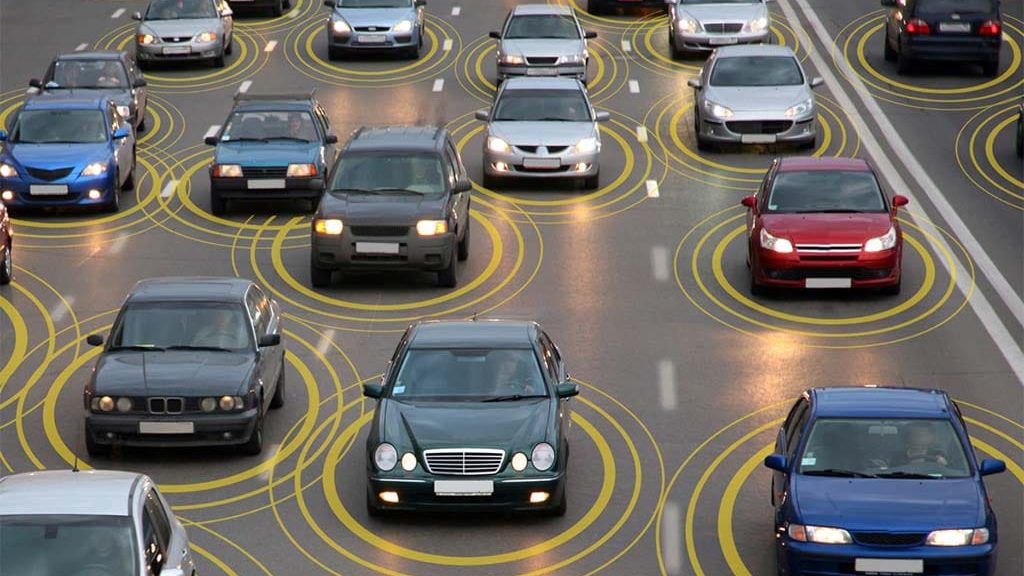




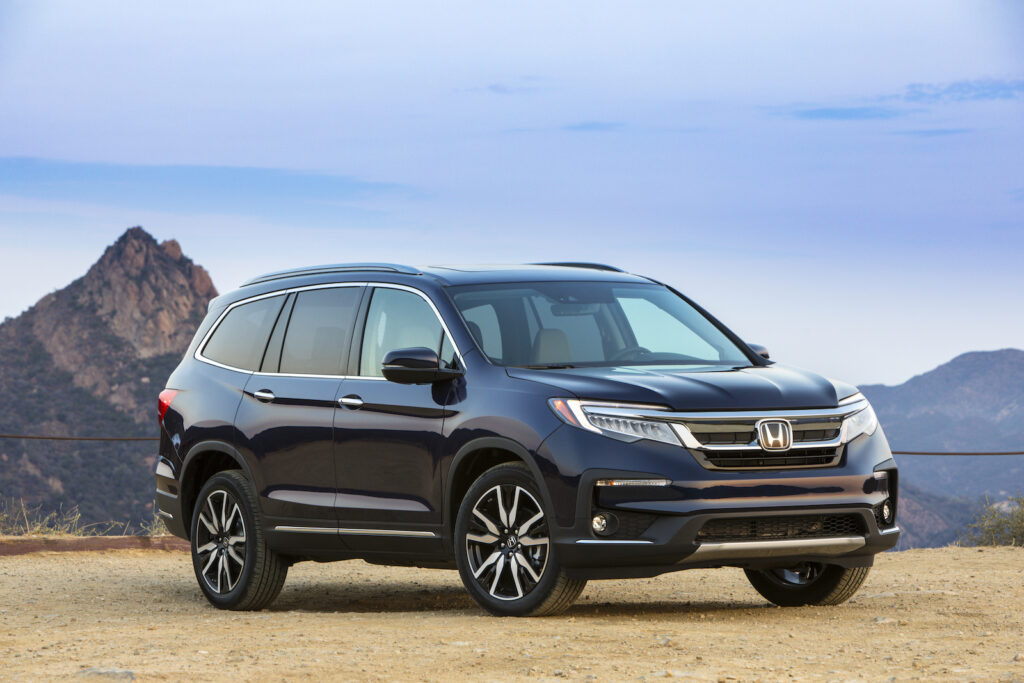
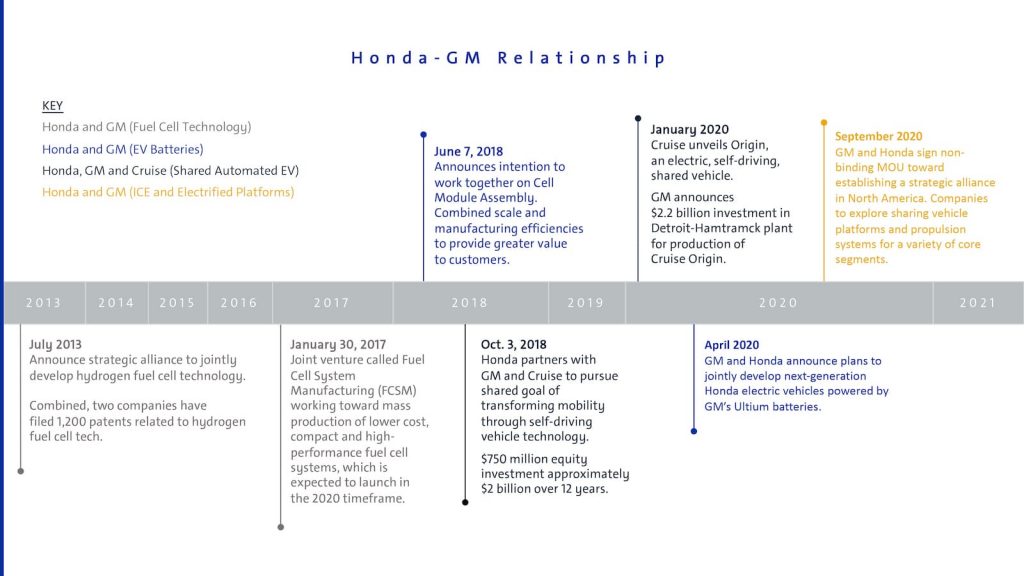
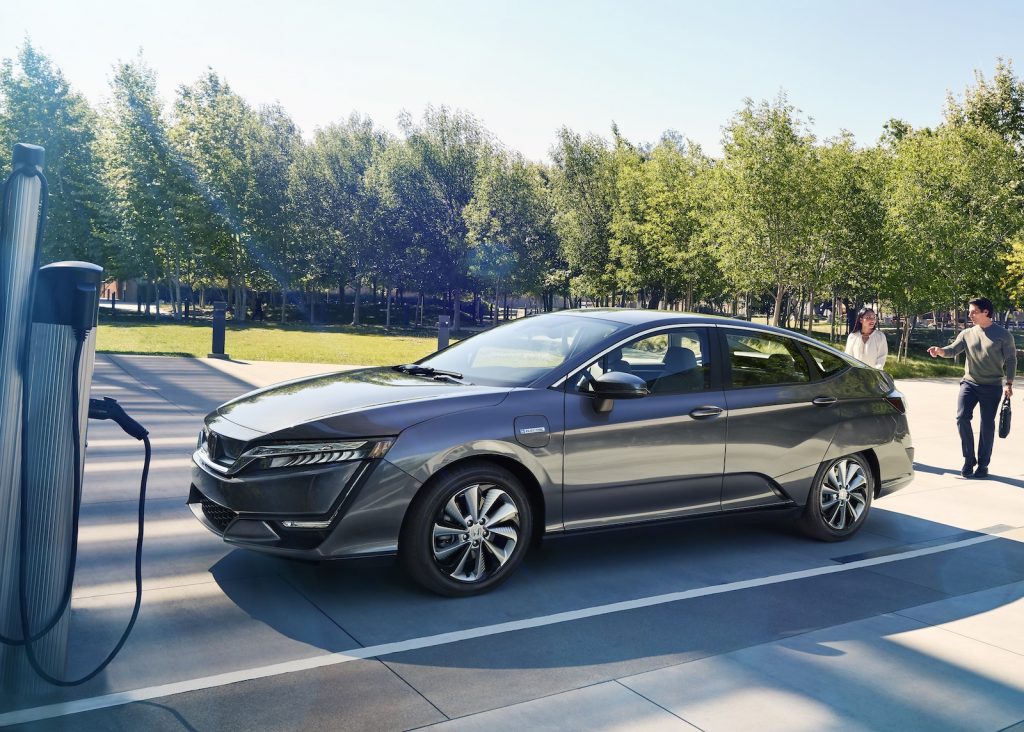
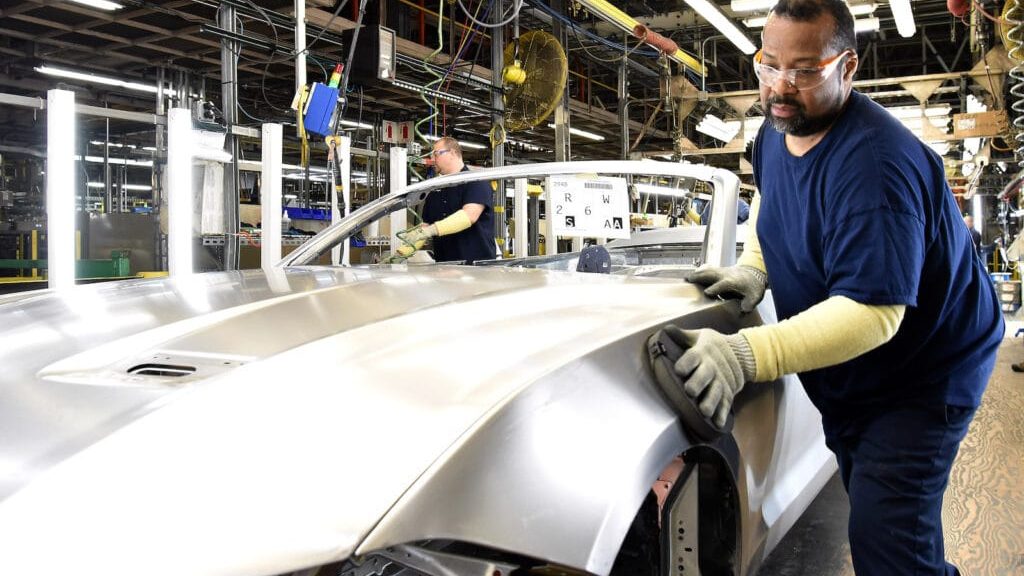

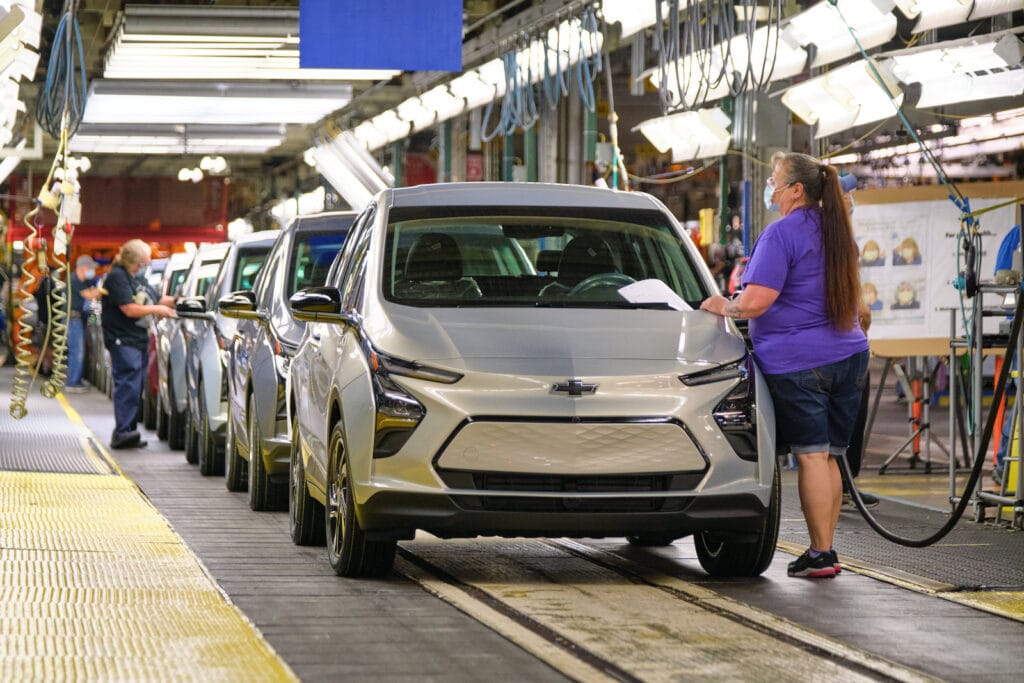
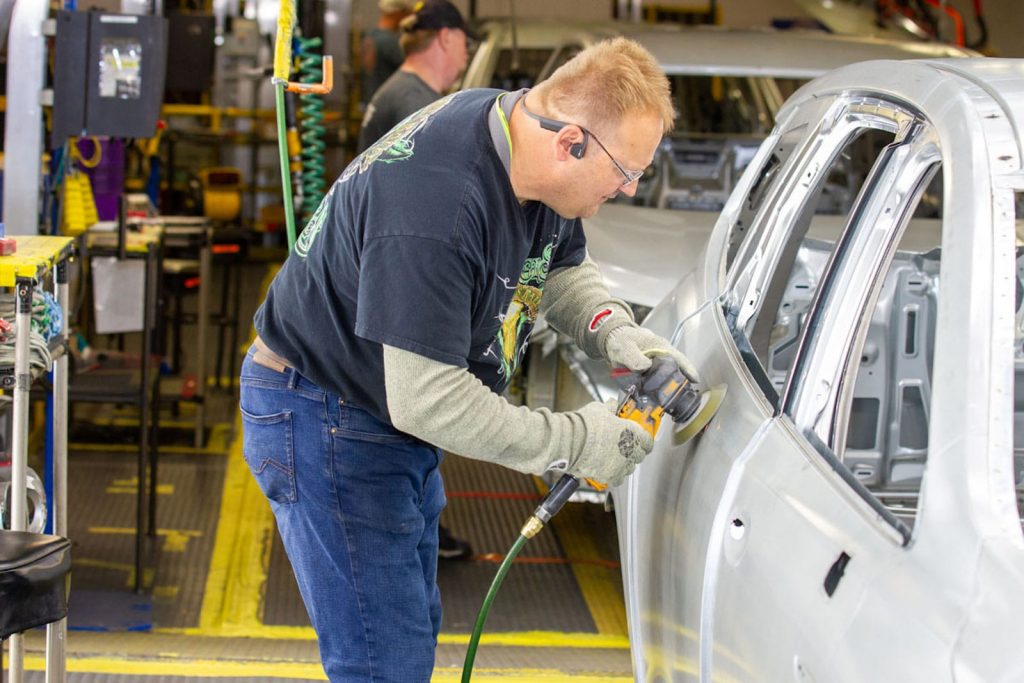
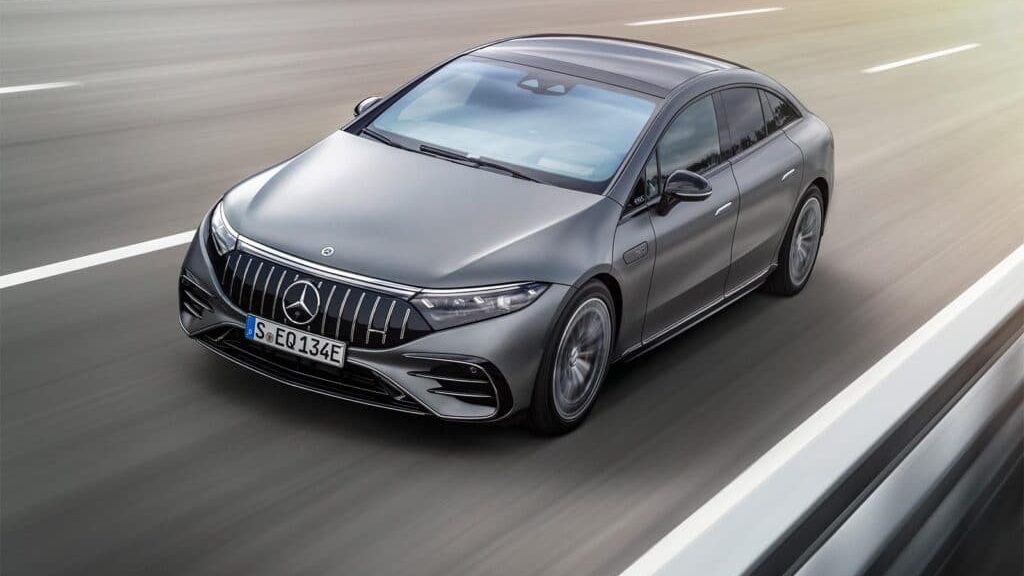
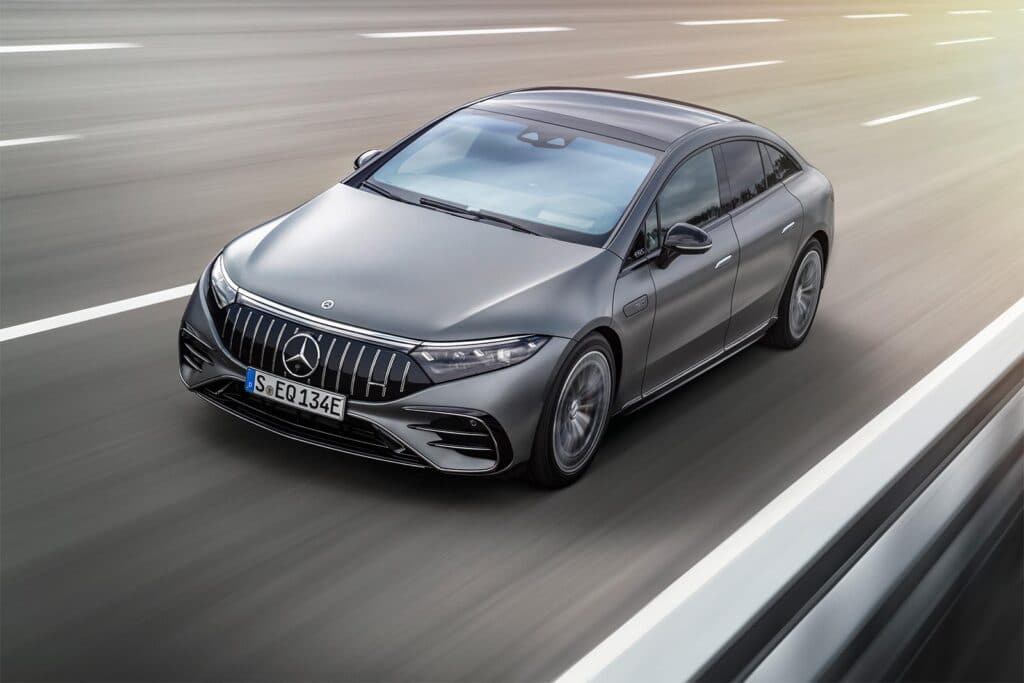
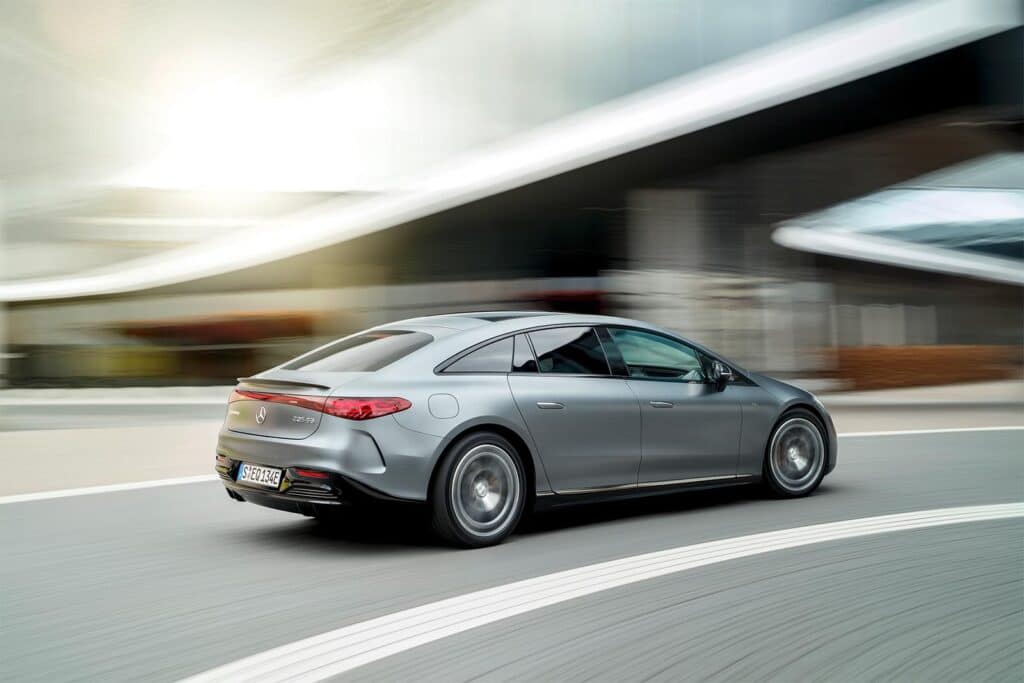
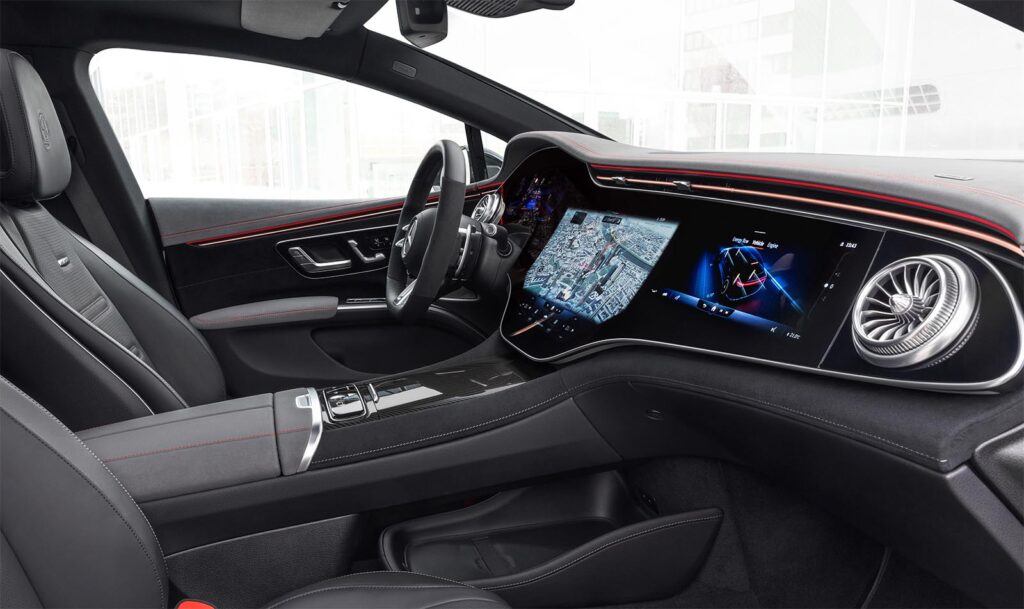
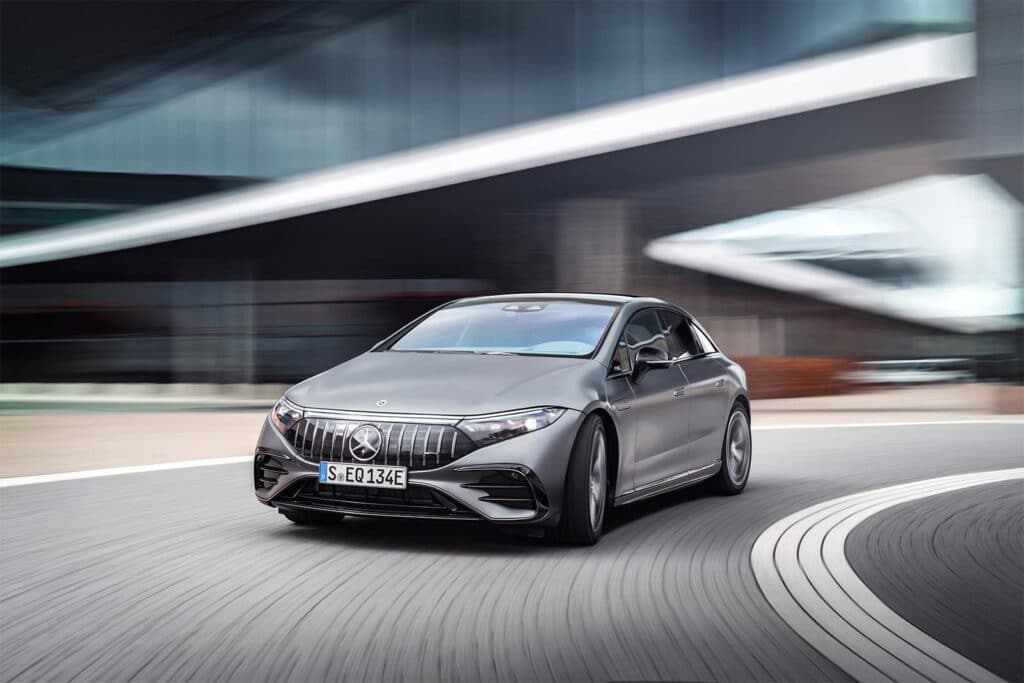
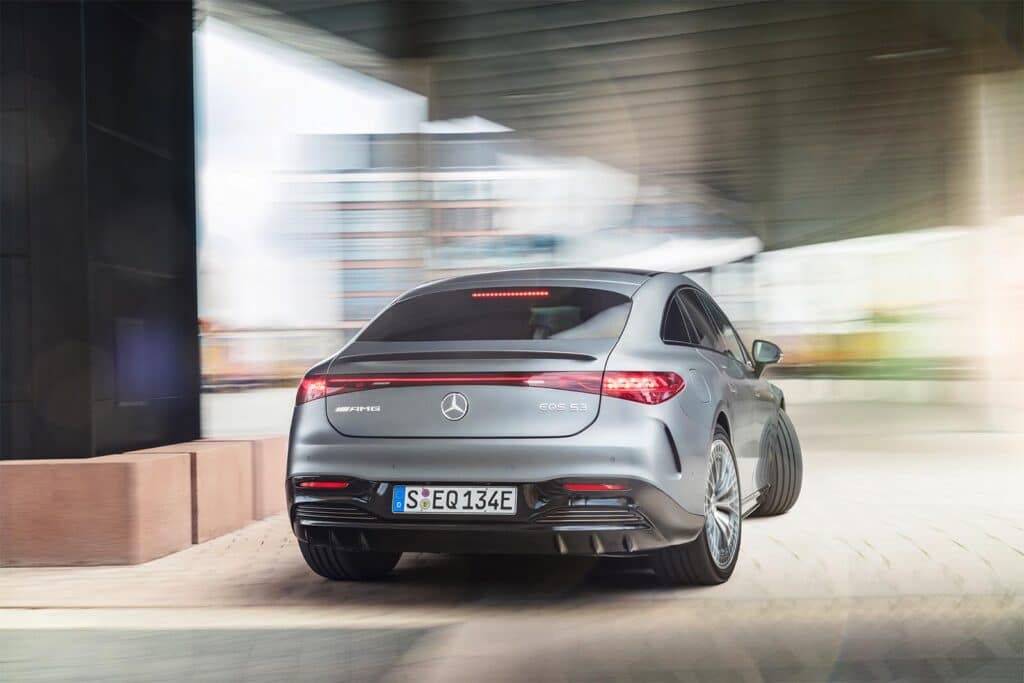
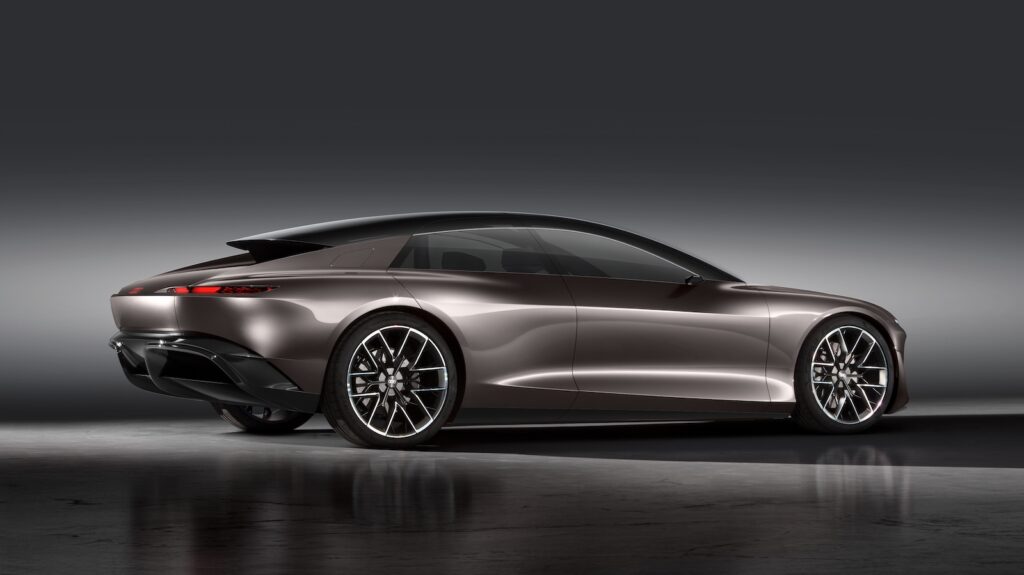


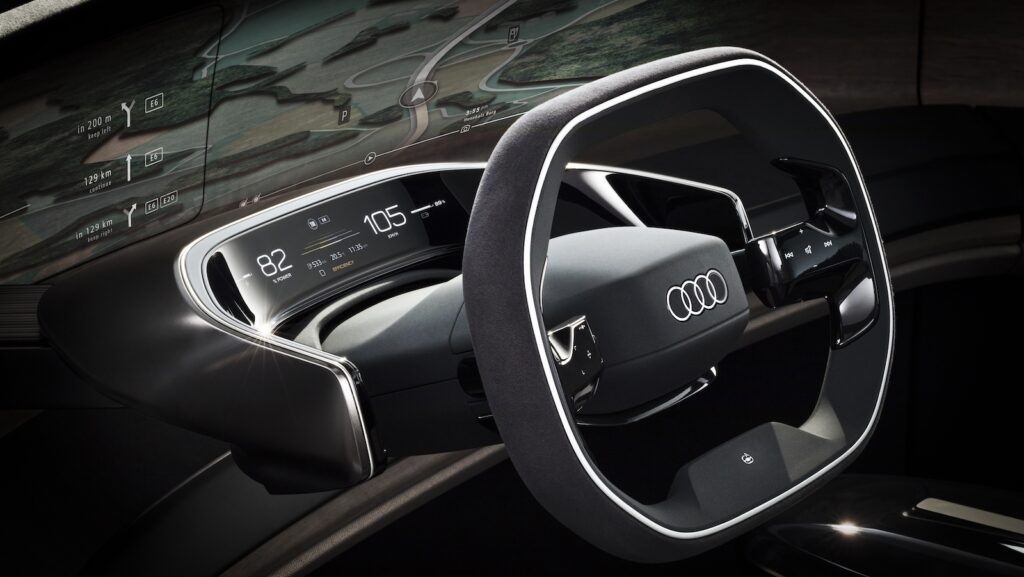
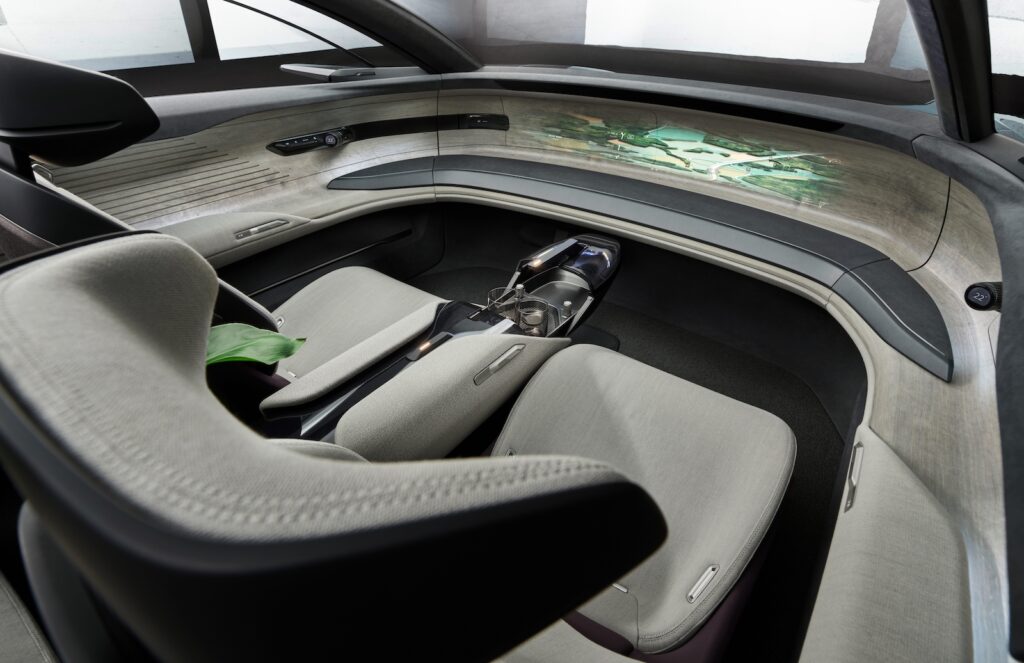

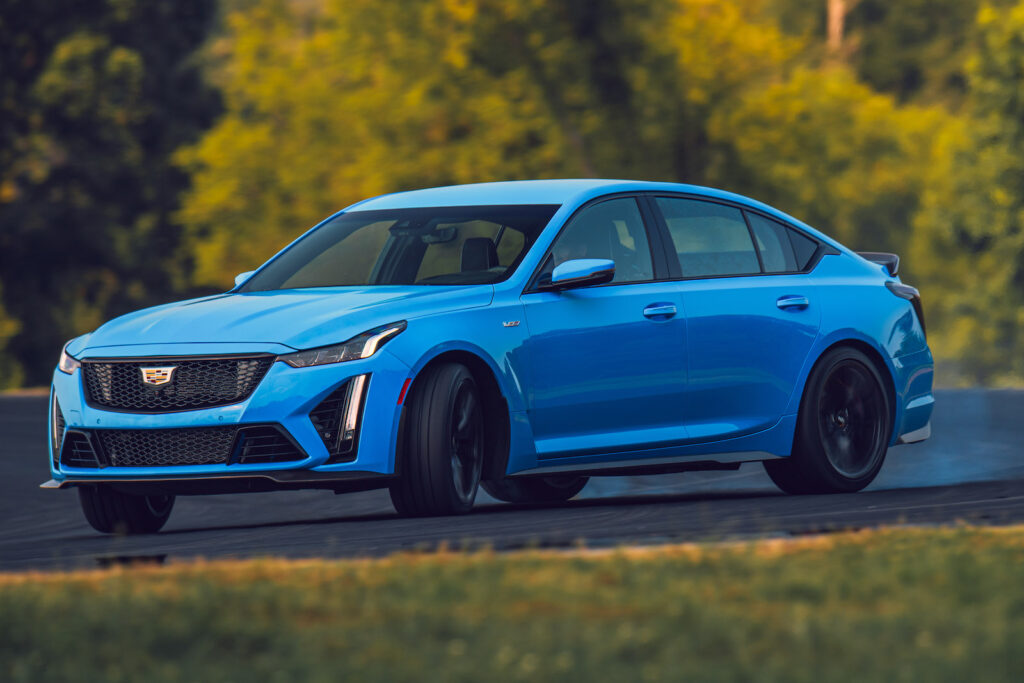
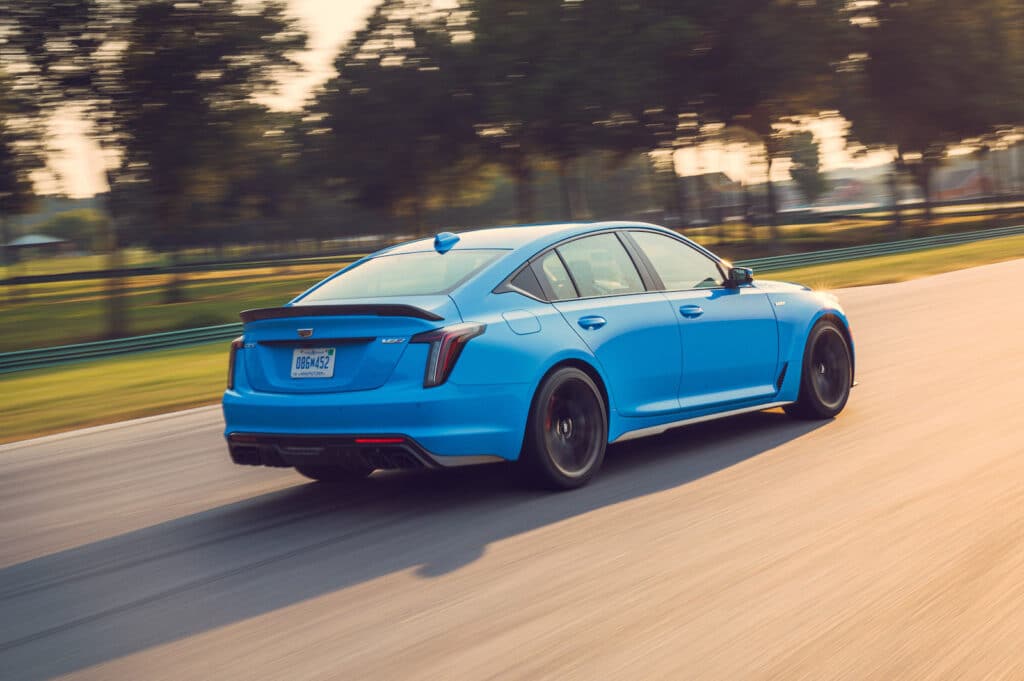
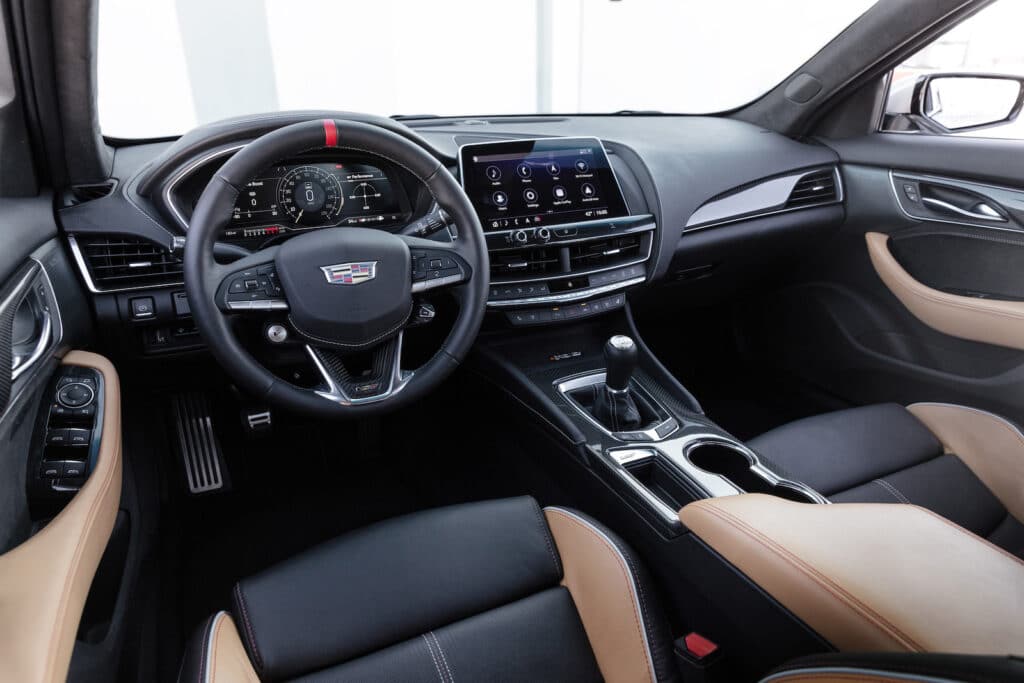
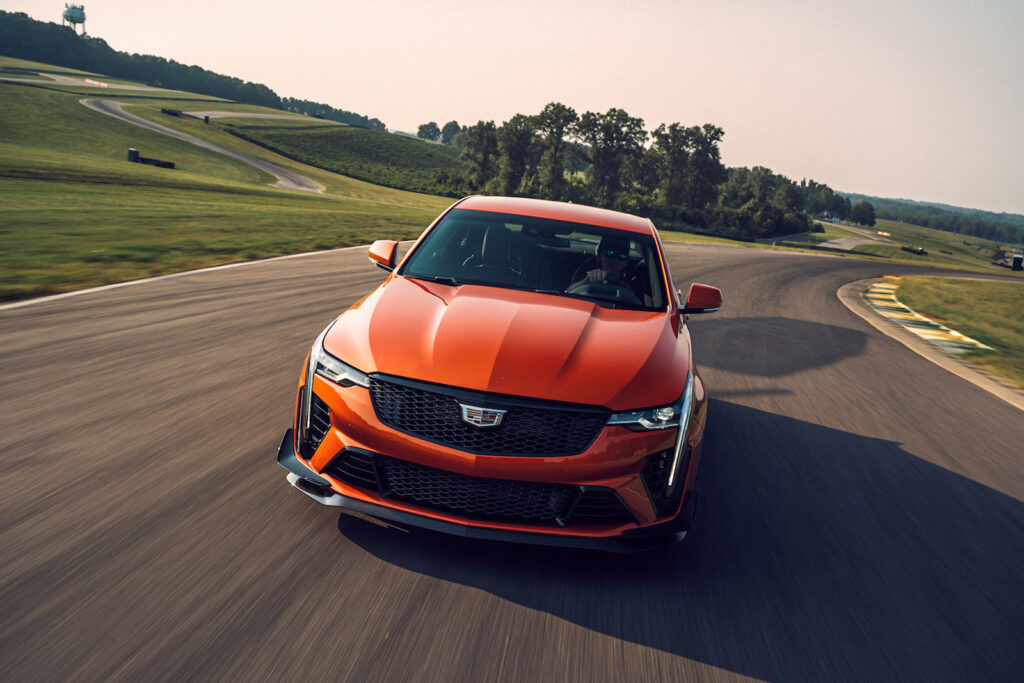
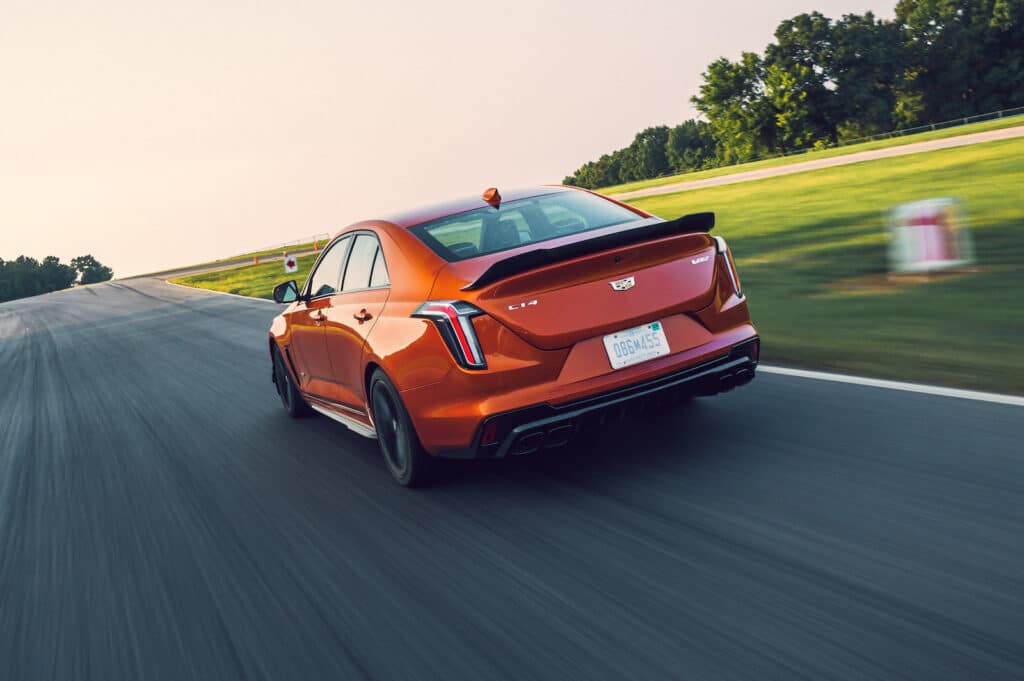
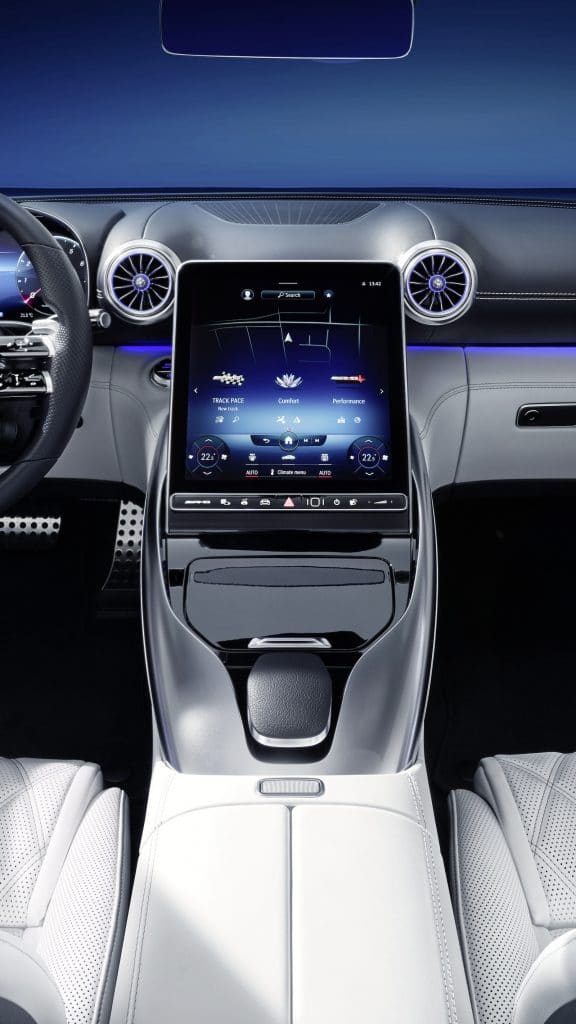
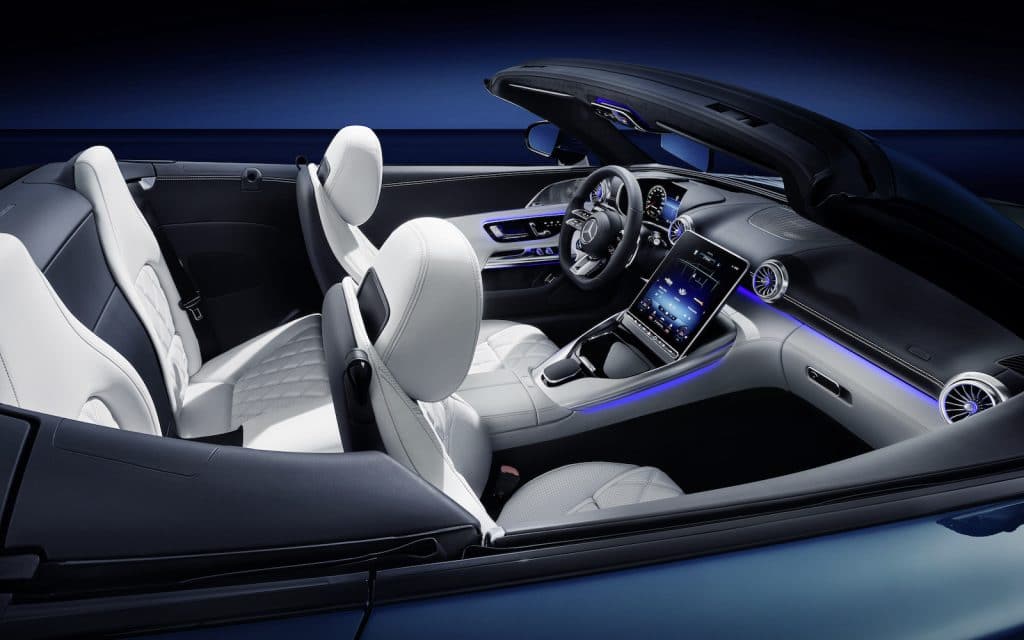
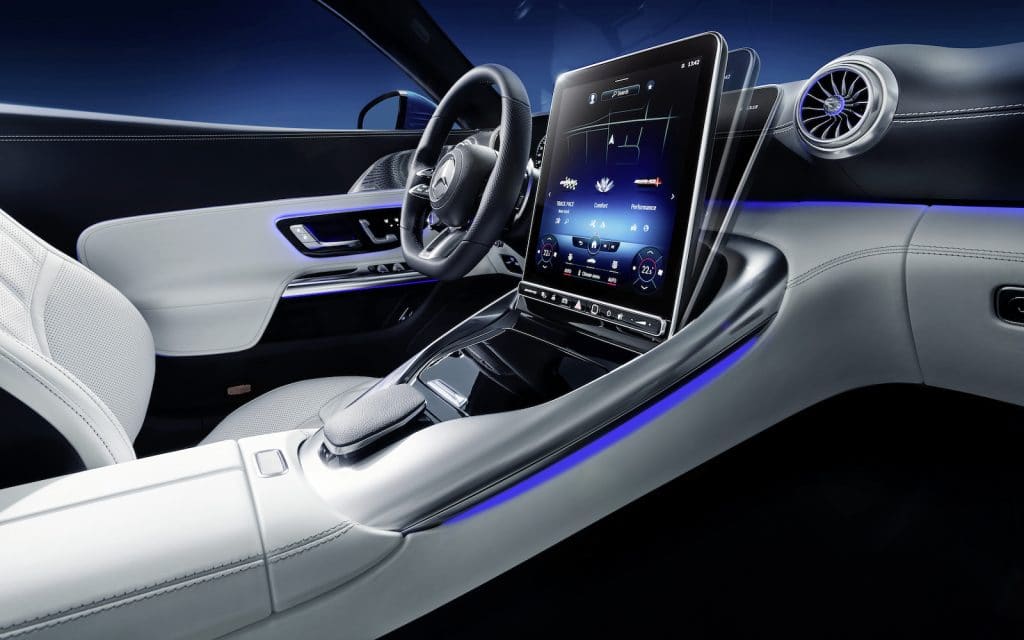
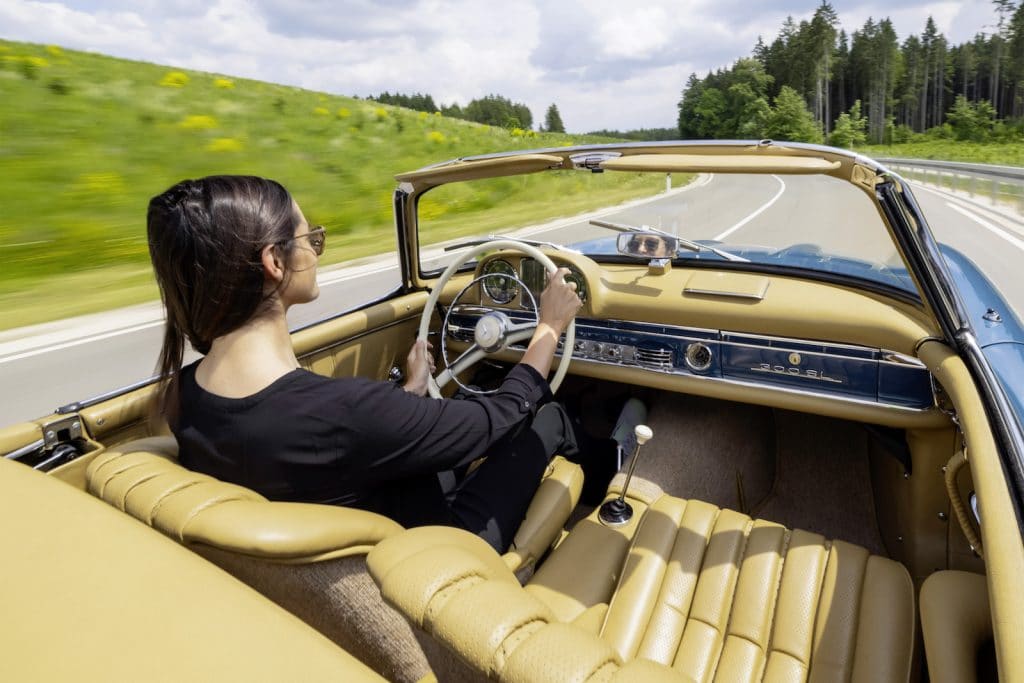
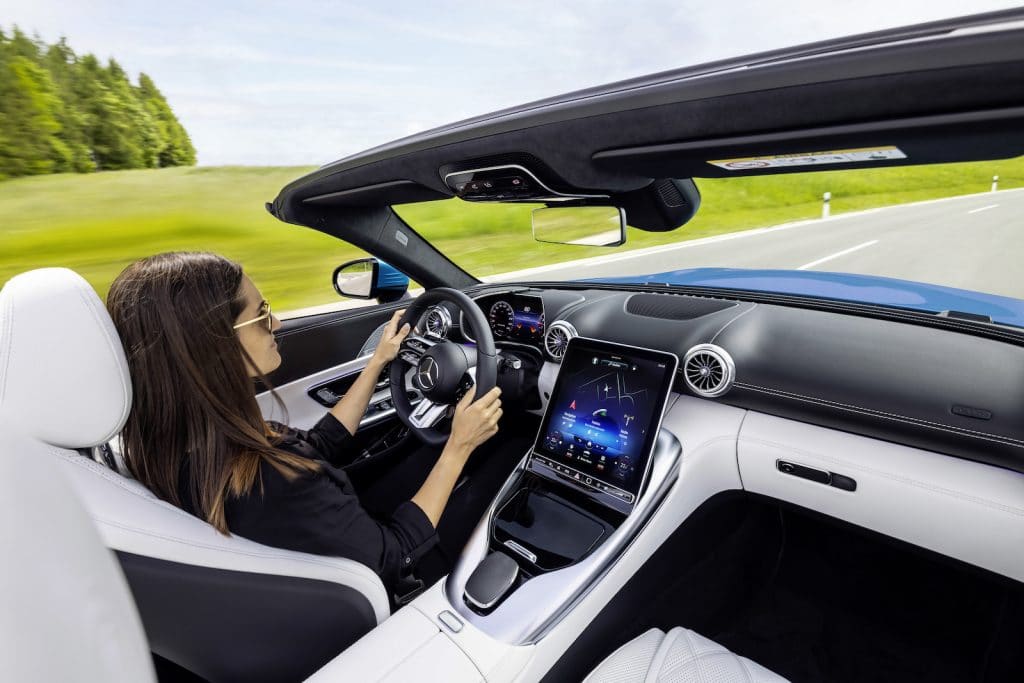
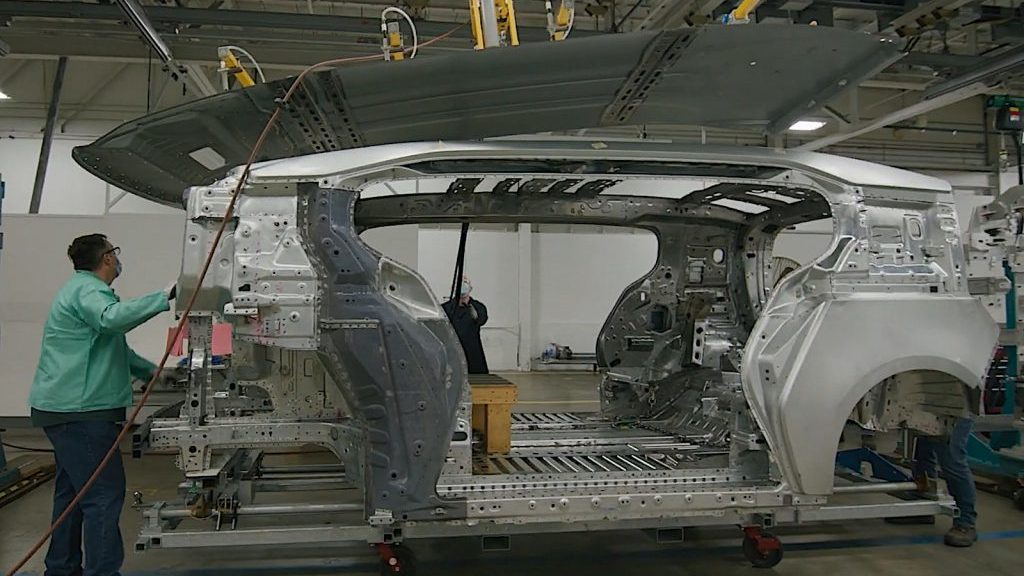
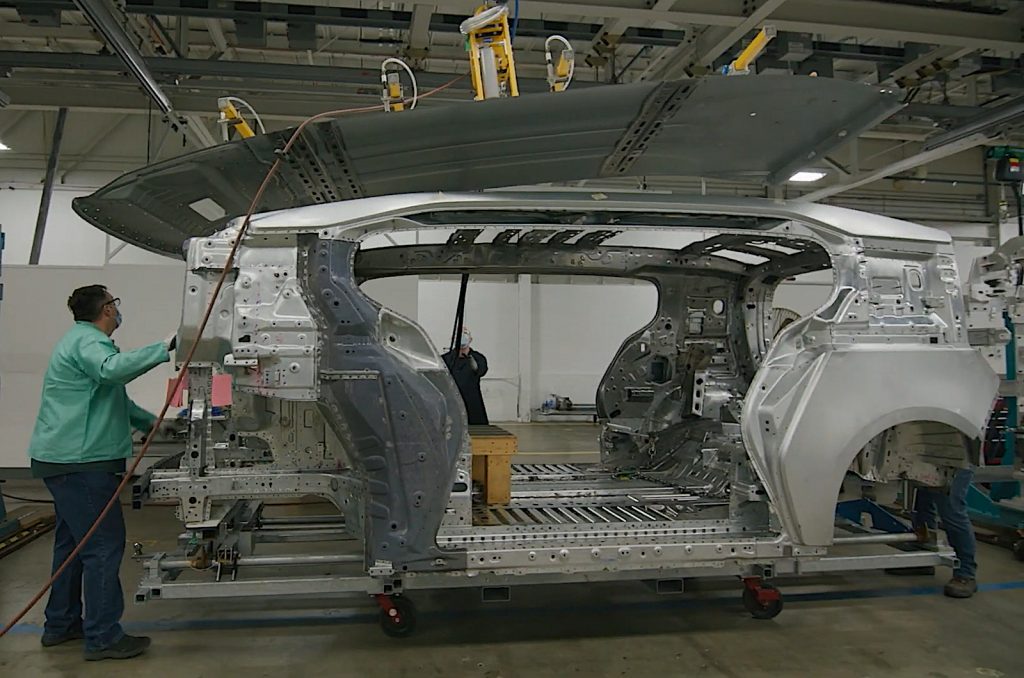
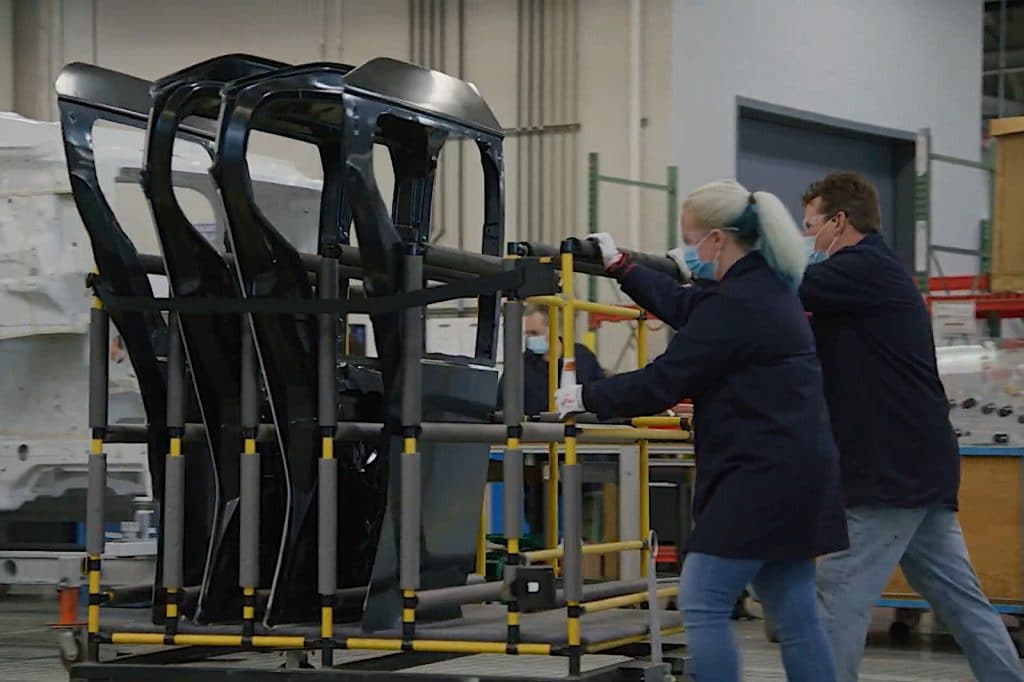
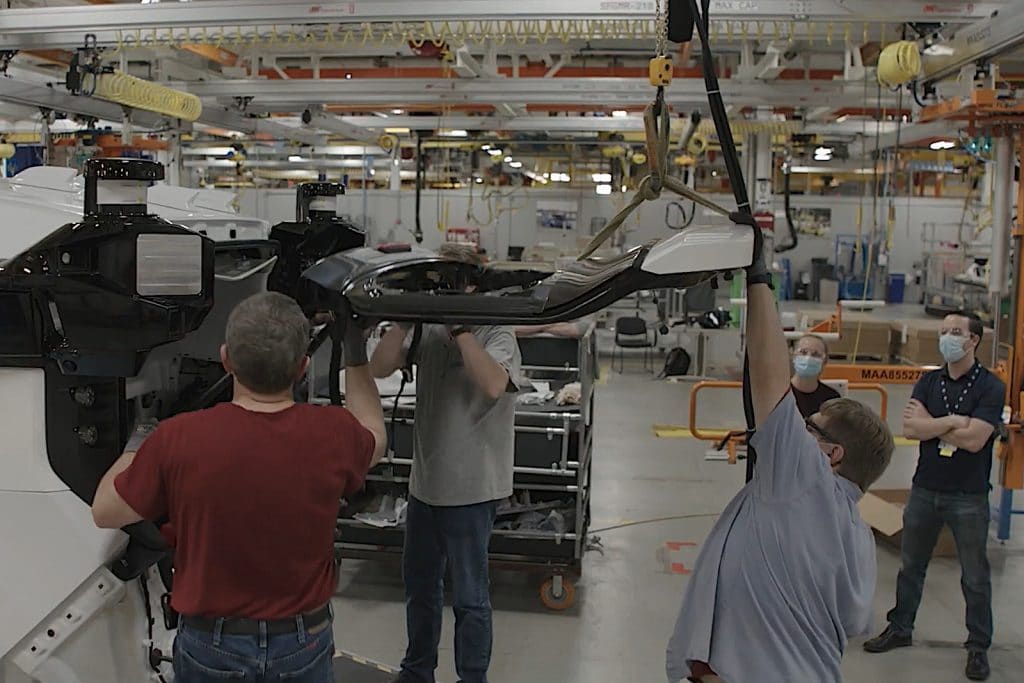
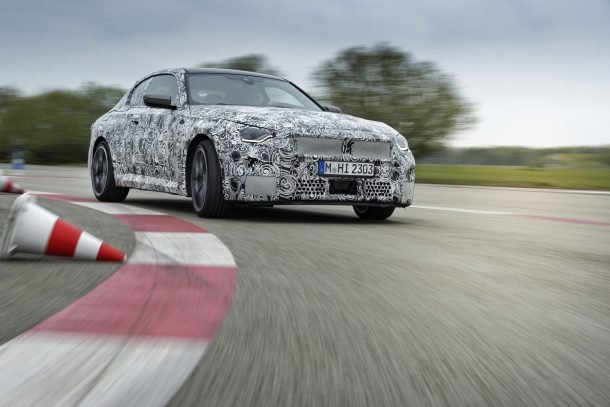

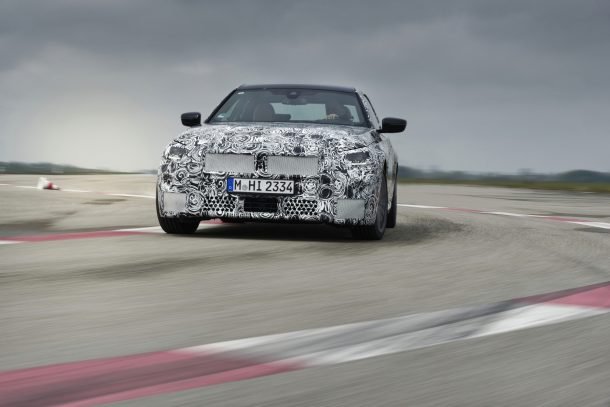 The new BMW 2 Series is being described as more nimble, agile, and powerful than previous models.
The new BMW 2 Series is being described as more nimble, agile, and powerful than previous models.